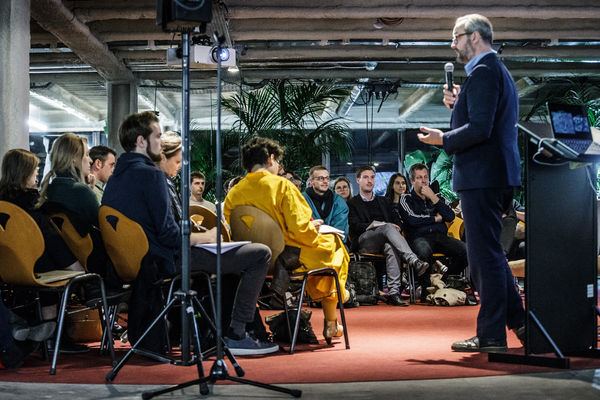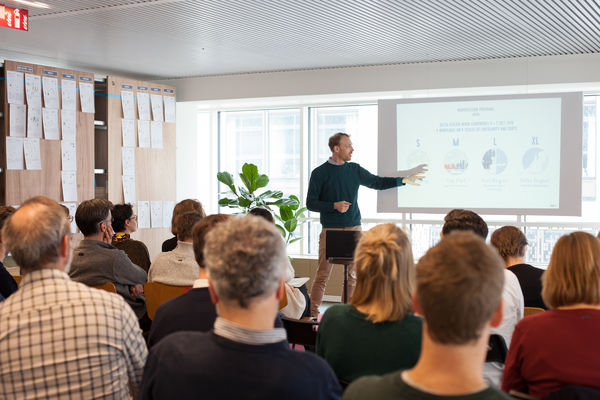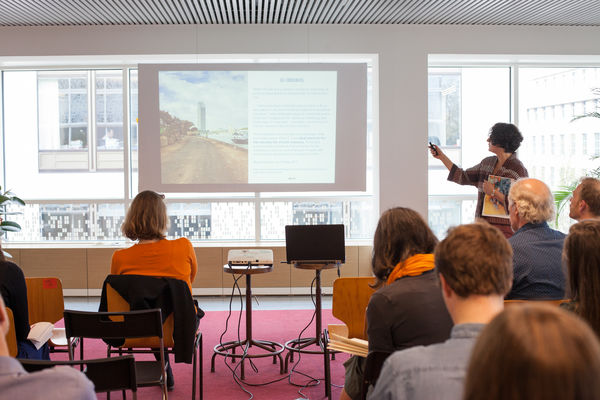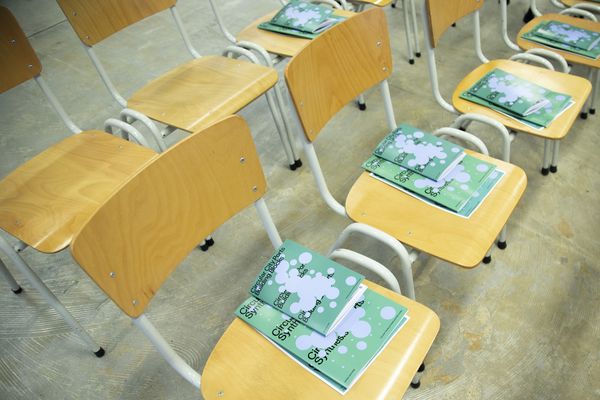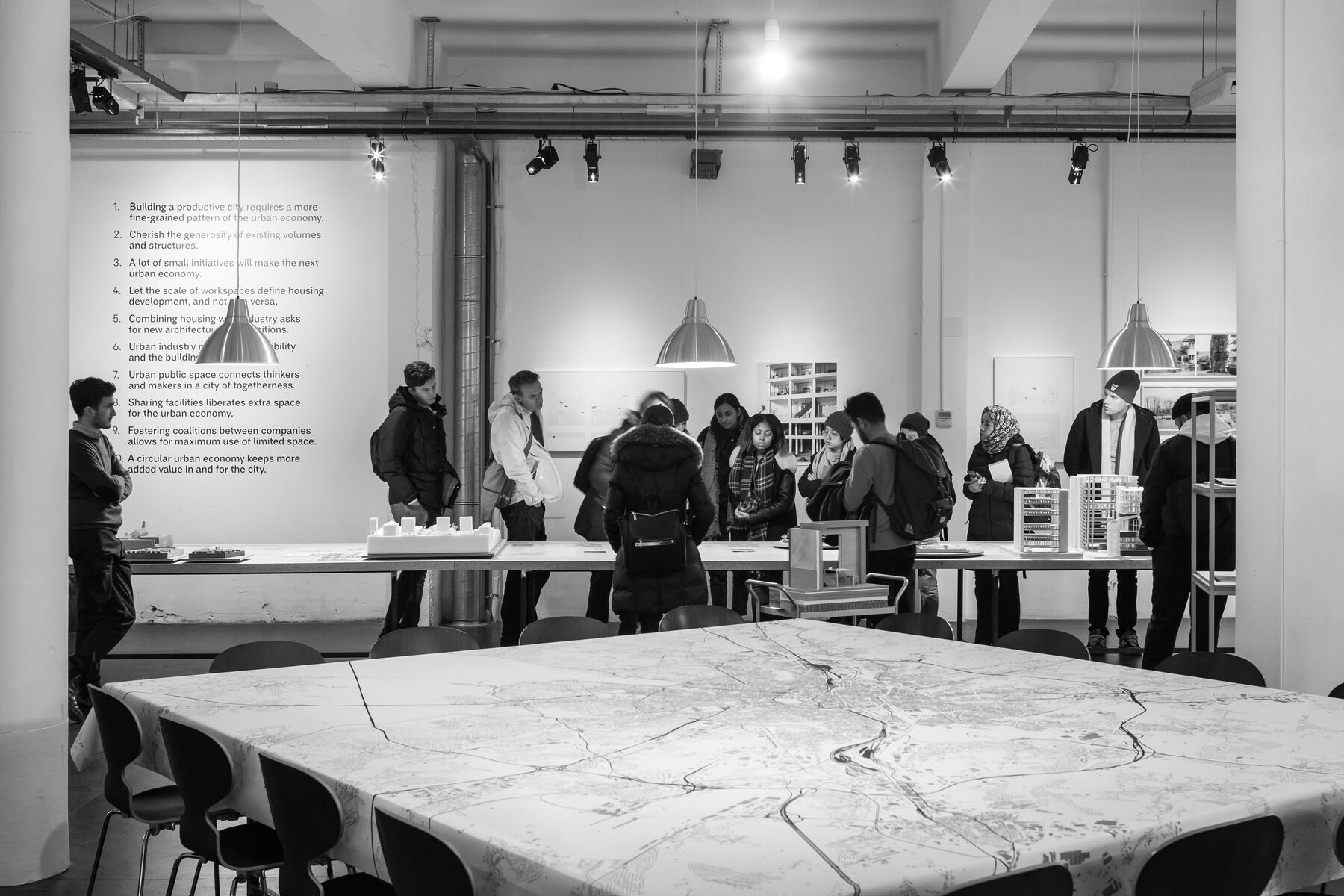Ports will play a crucial role in the transition to increased circularity, due to the link they form in global chains, due to the economic and industrial activities that take place there and due to the climate issues in which they have a major stake. This hypothesis formed the basis for the ‘Circular Ports’ programme in the Delta Atelier, in which the ‘Circular (City) Ports’ project was initiated by Vlaanderen Circulair/OVAM. This project was positioned as ‘Medium scale’ alongside other ongoing projects in the programme such as the Circular Mainframe (scale XL), the North Sea Port District (scale L) and Test-site M4H (scale S). 'Circular (City) Ports' began with an exploratory phase lasting from October 2018 to April 2019 and is currently in the valorisation phase, which will run until 2020, to arrive at a more widely supported action programme.
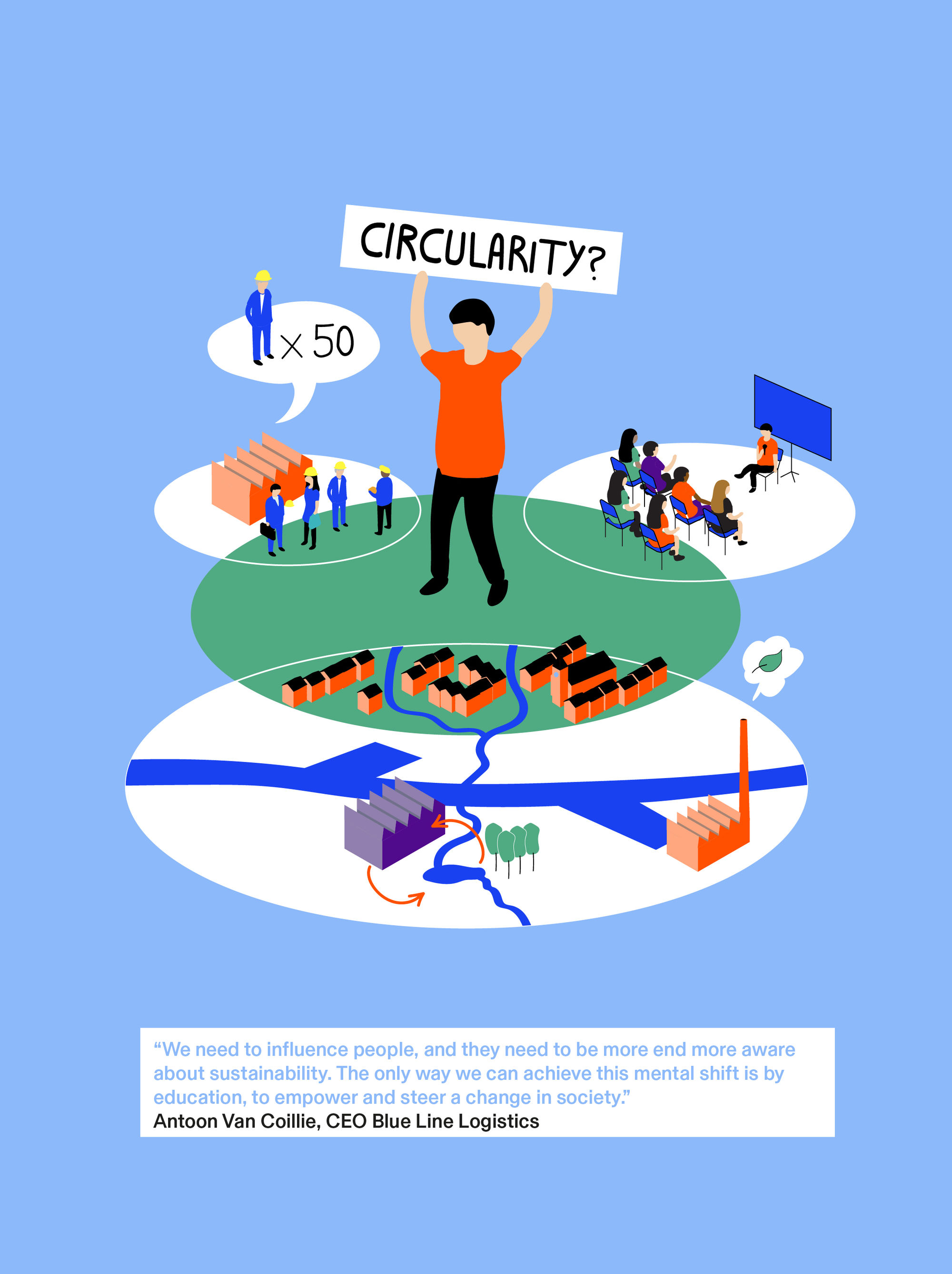
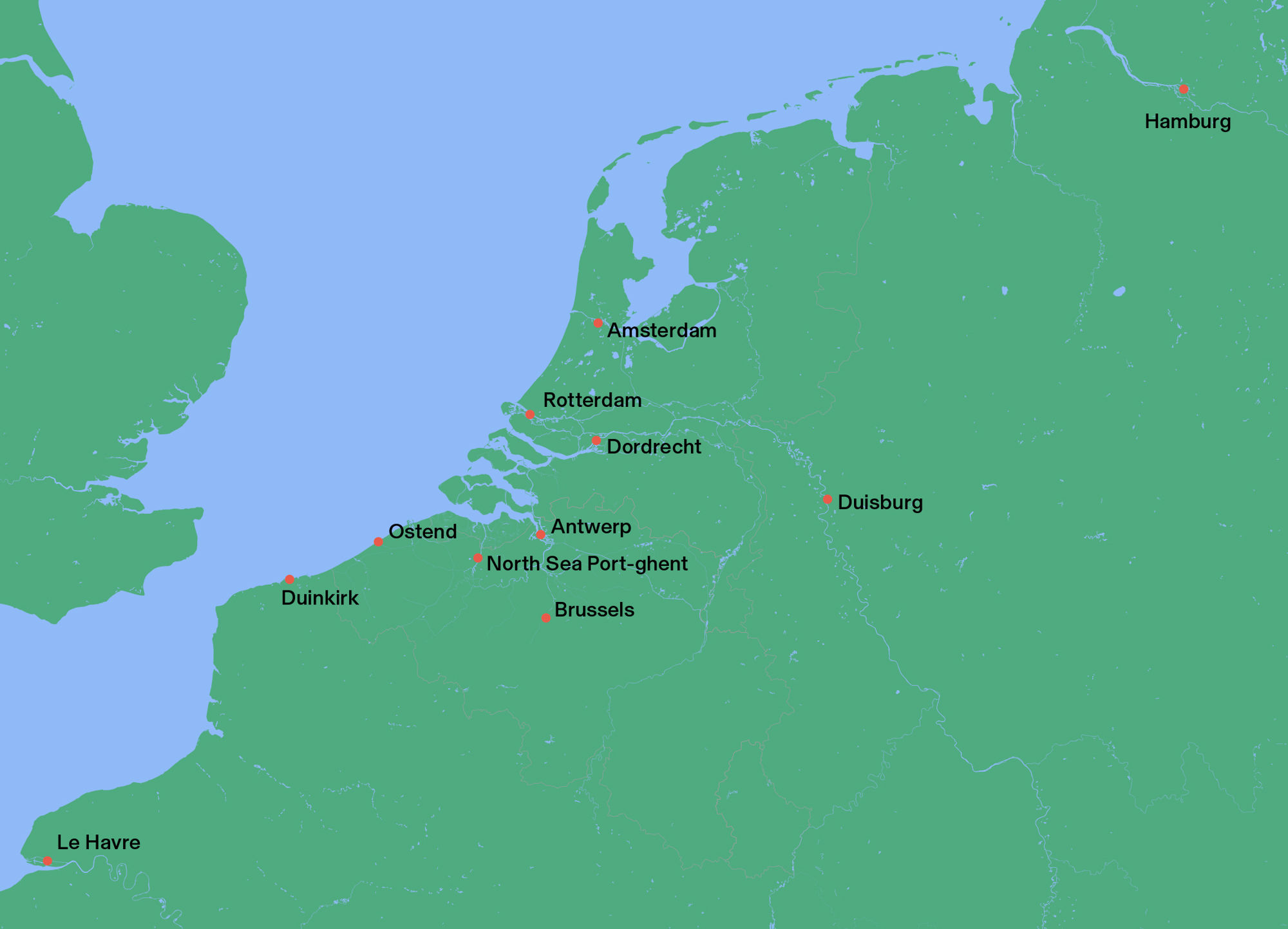
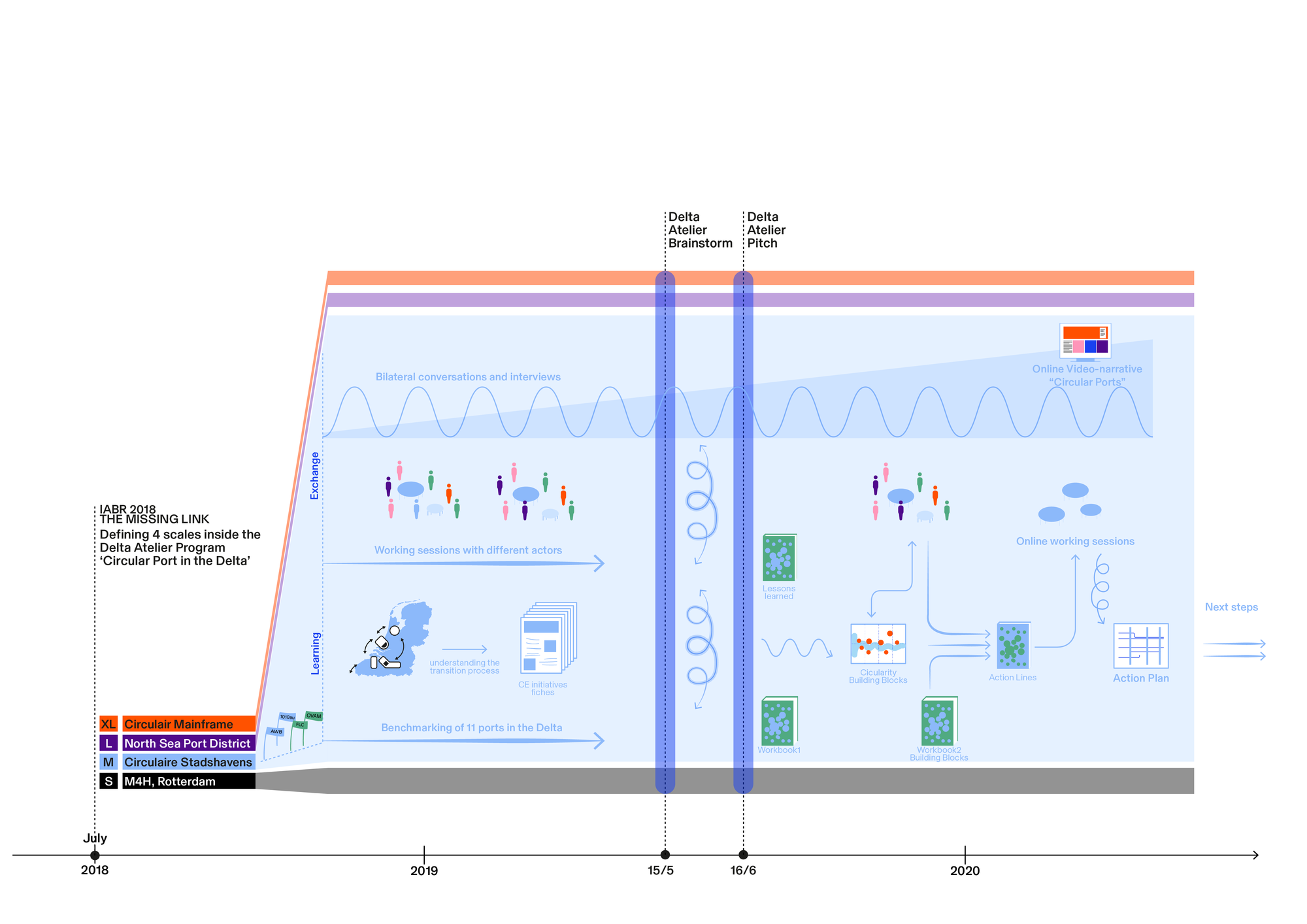
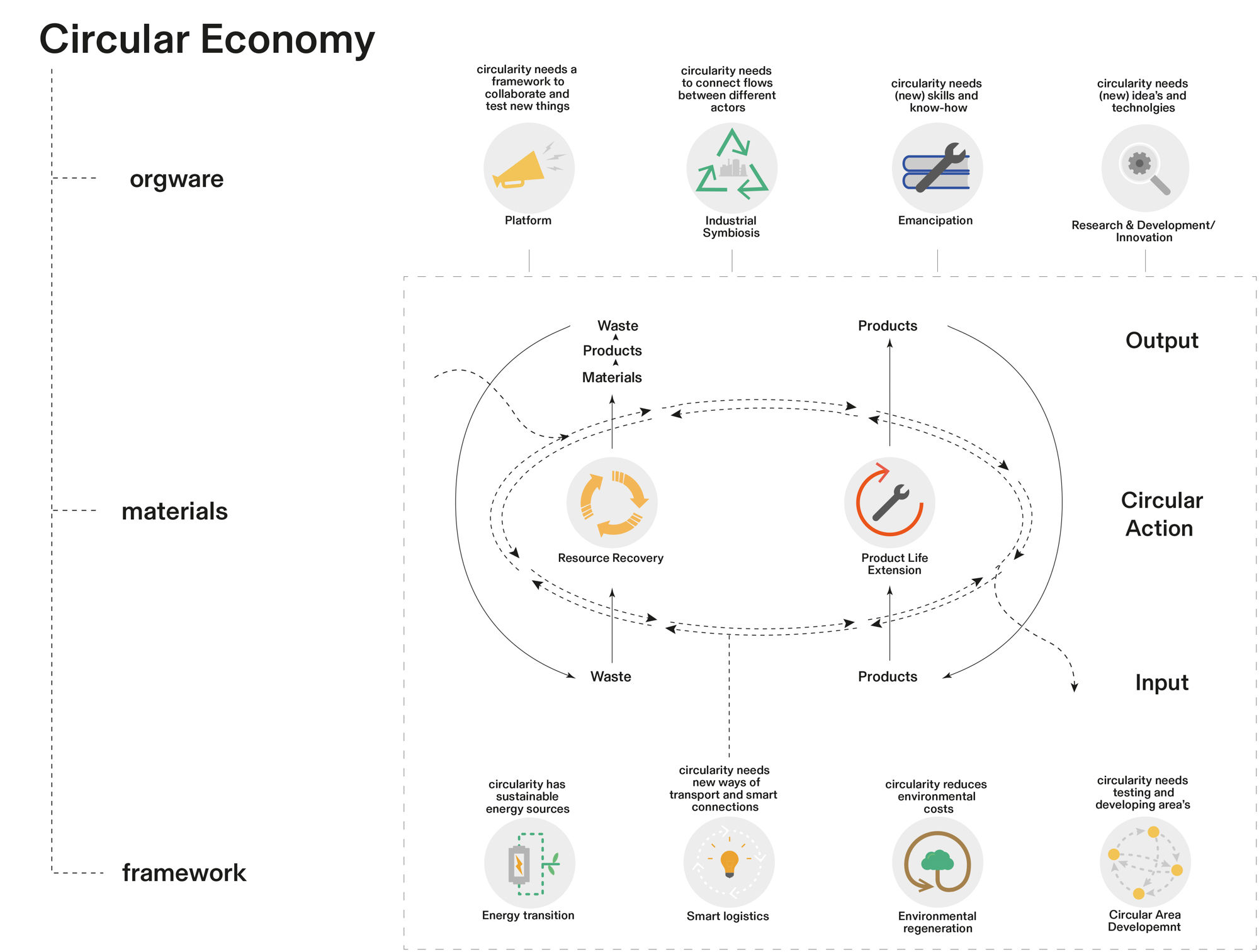
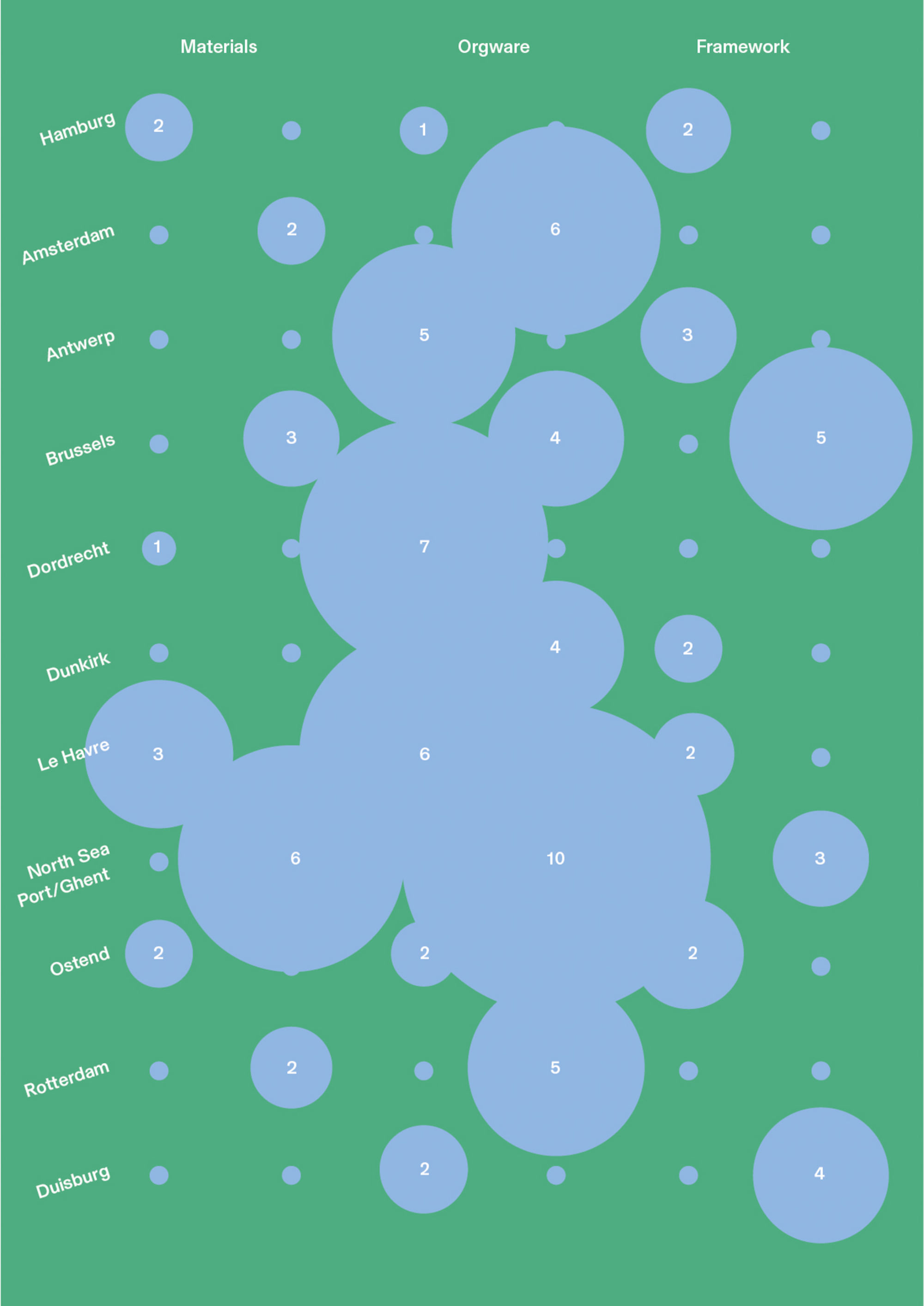
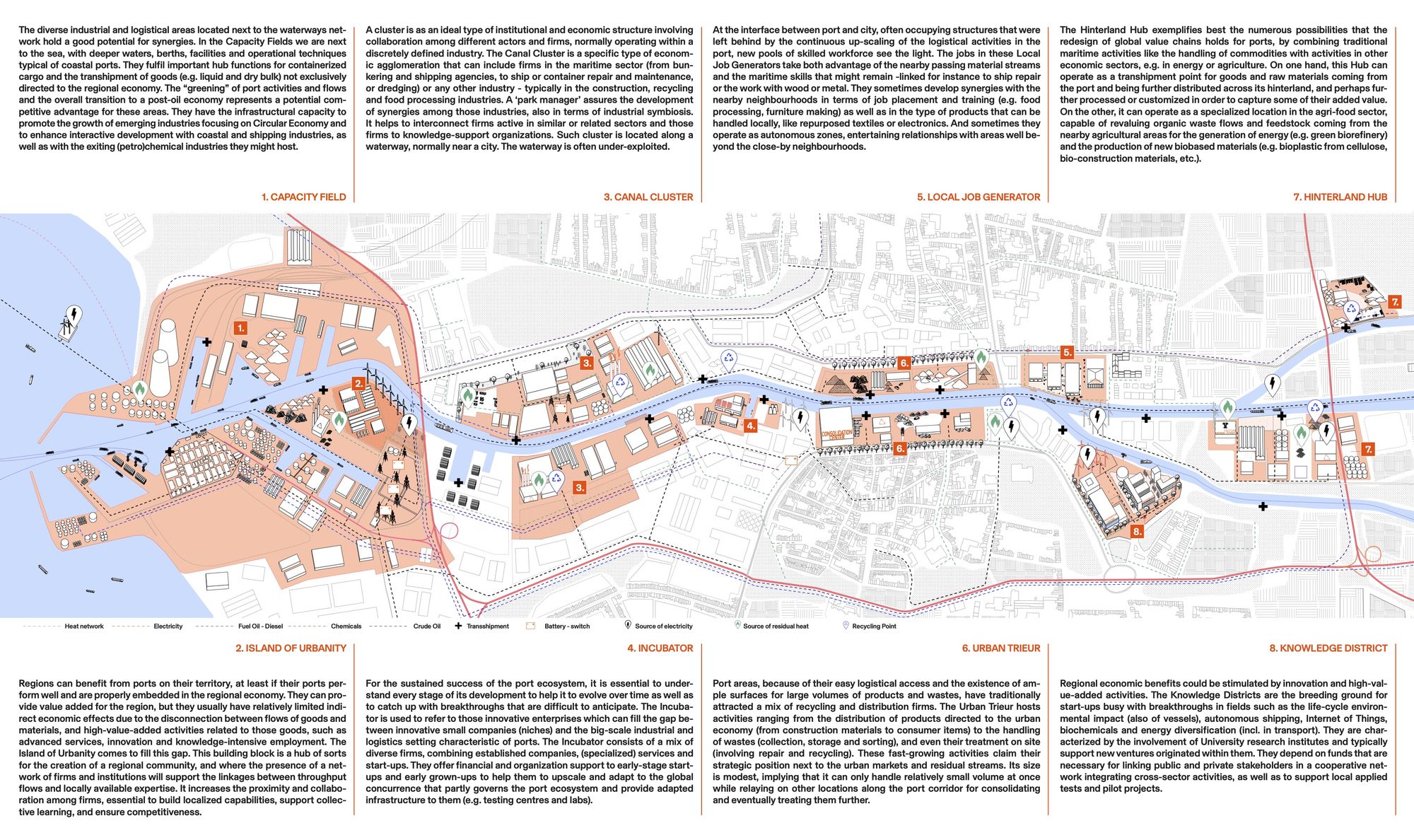
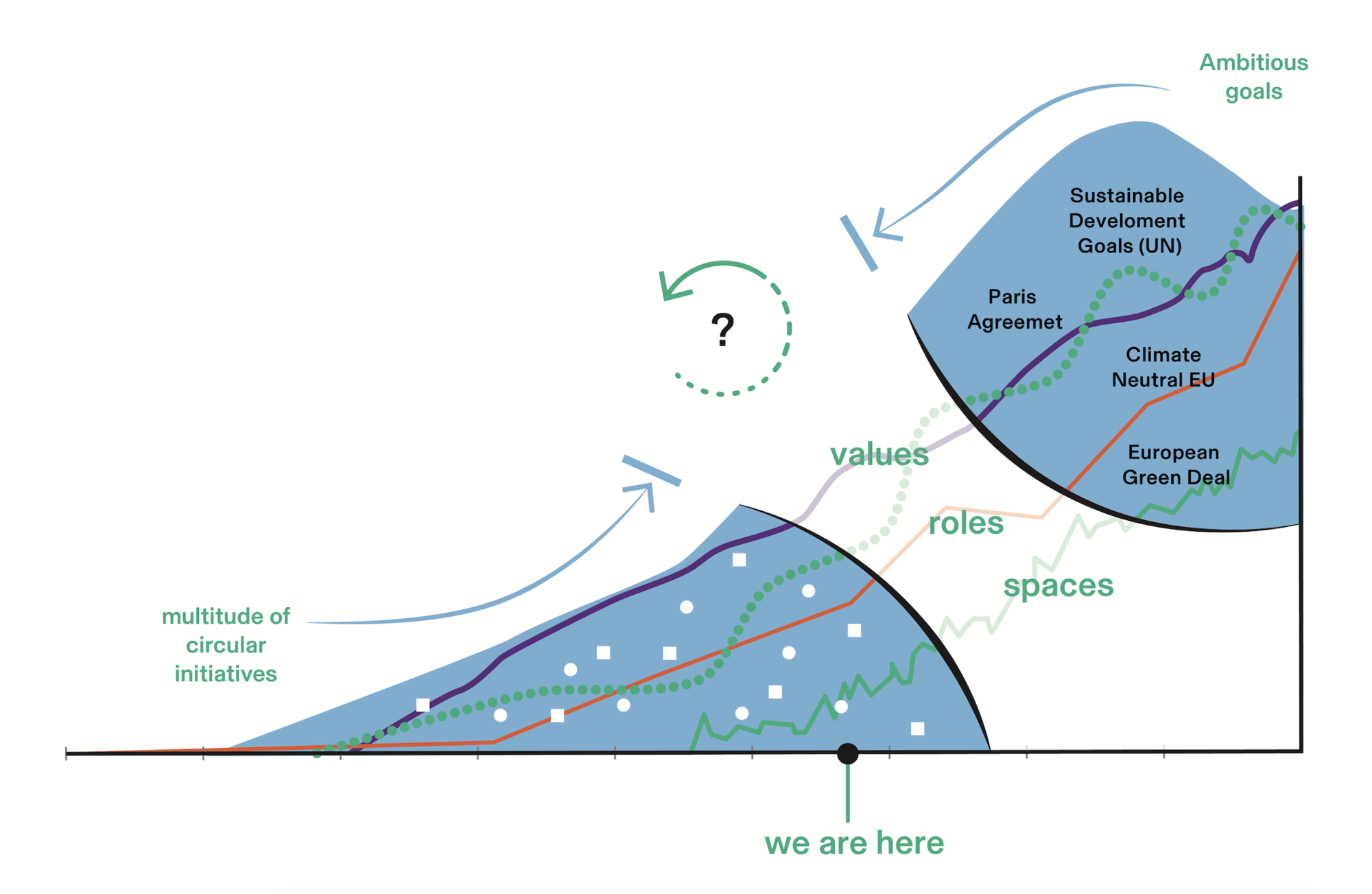
Climate change is forcing us to reflect on all kinds of factors related to the operations of ports, from manufacturing, sustainable development and the energy transition, to automation and digitisation. Ports are the ultimate place for setting up innovative transition projects. City ports play a strategic role due to their link with the city as well as the port, and due to their scale they are an ideal place for experimenting, always in relation to both the larger and smaller scale.
The idea of a ‘circular city port’ formed the starting point for an exploratory process in which different initiatives and visions of eleven city ports were gathered. The term circularity and (city) port was thus explored from several viewpoints and aspects, and information was collected using interviews, debates and working sessions. The exploratory process aims to create a greater understanding of all relevant practices and innovations related to circularity. This knowledge was synthesised in a number of documents in the valorisation process. Firstly, the large amount of information and material was collated in an initial workbook. Secondly the main conclusions from the exploratory phase were bundled in a synthesis document, where the lessons learned serve as the basis for further reflection. In addition to these two synthesising rounds the step was taken from documenting, gathering and understanding to exploring new strategies, stimulating frameworks and actual projects in and for circular (city) ports. Different project environments were identified, which could be suitable for specific projects and actions, and in which an appropriate context with regard to regulation, infrastructure, facilities etc. is needed. These project environments can be viewed as the 'circular building blocks for the future', with different stakeholders and partners in mind for each of the building blocks: they are the key for a shift to effectively implementing new circular initiatives and projects for our port system. The 'circular building blocks' formed the basis of a working session, in which pitches from circular building block pioneers and several round-table sessions took place. The knowledge related to these 'circular building blocks' will be collected in a second workbook and subsequently processed in a synthesised form as a hand-out and poster.
The next step of the 'Circular (City) Ports' project is an action programme, in which various parties sit around the table to further reflect on the actual implementation.
In parallel to this research trajectory, an online interactive documentary has been developed, in the framework of the ‘Circular Ports Program’: The ‘Circular (City) Ports’ page flow gives voice to the various actors busy and active in our (city) port environment, in the transition towards a circular system. The narrative wants to open up the perspective on the circular transition looking at the contemporary situation, analysing it throughout the eyes of the different actors, the key elements in transition and trying to look ahead toward a structured way to accelerate this process of change.
